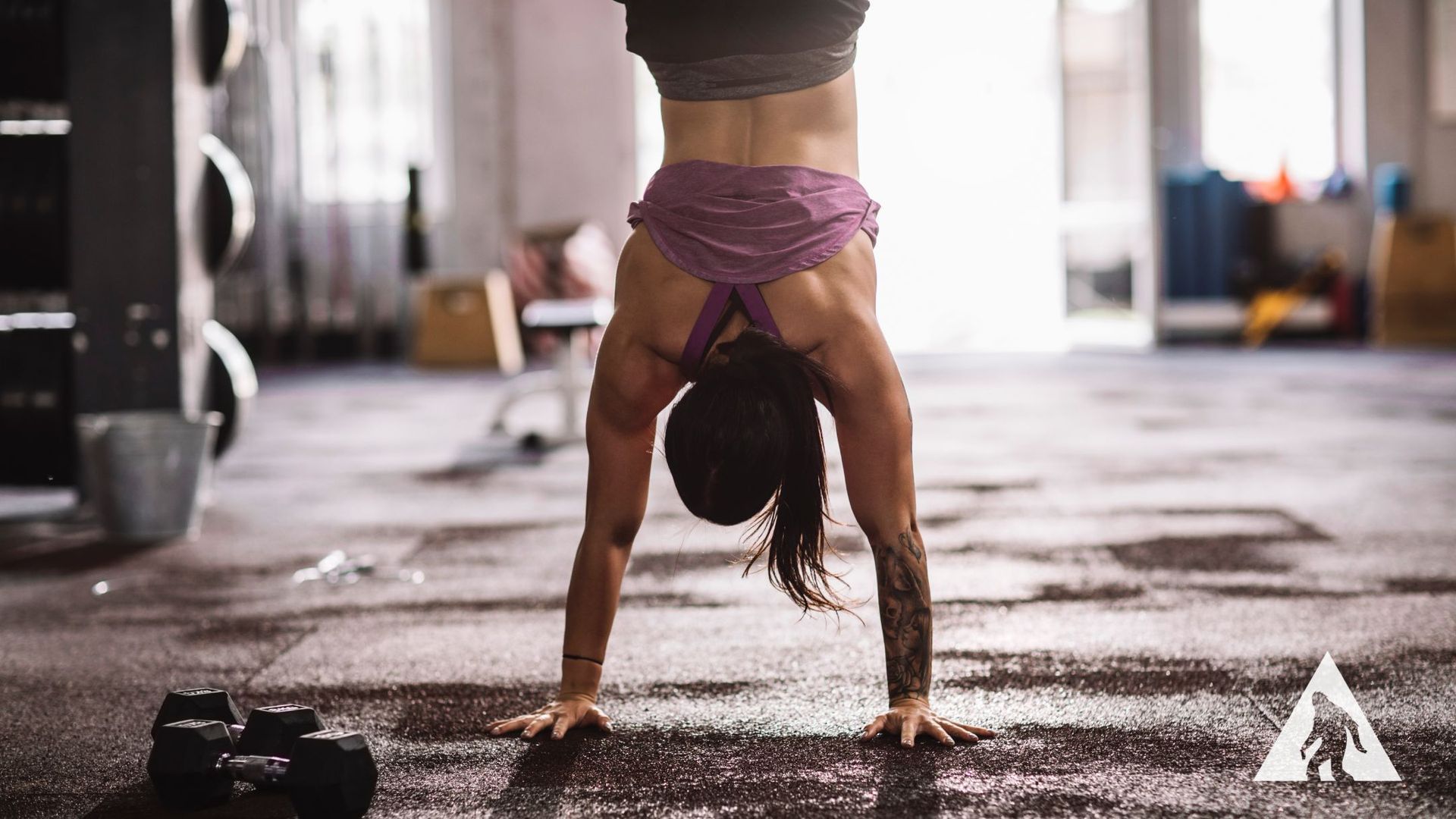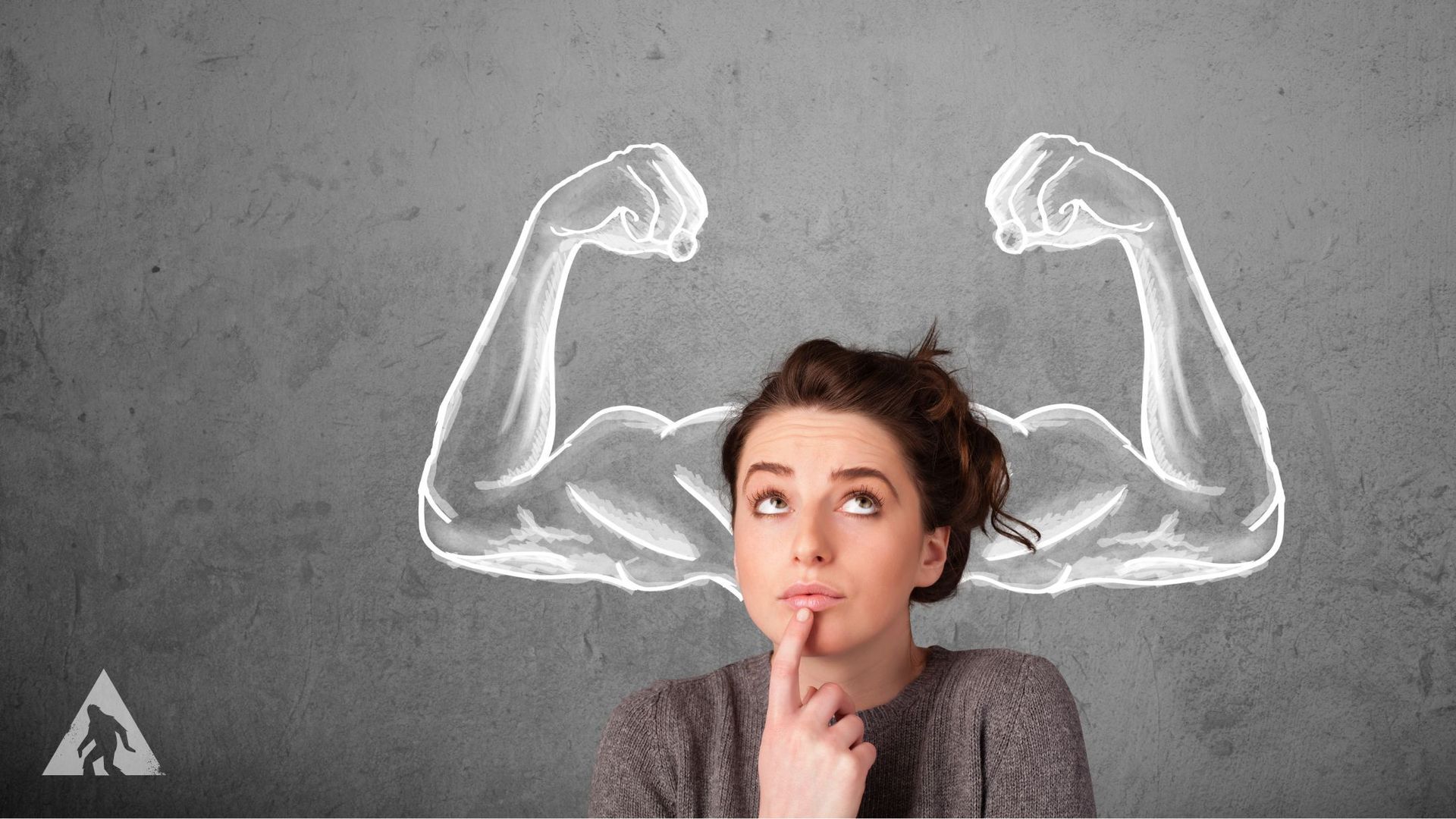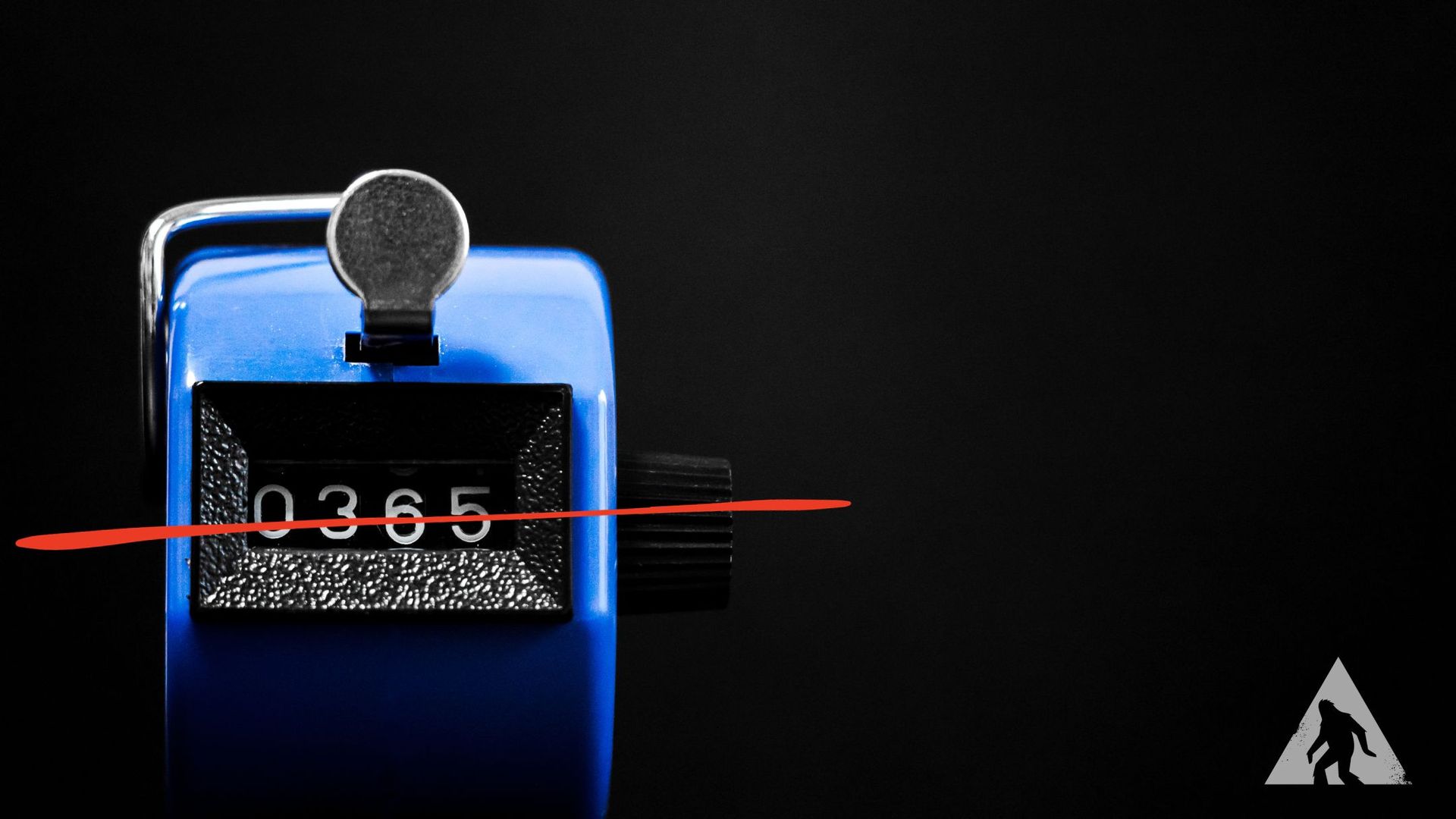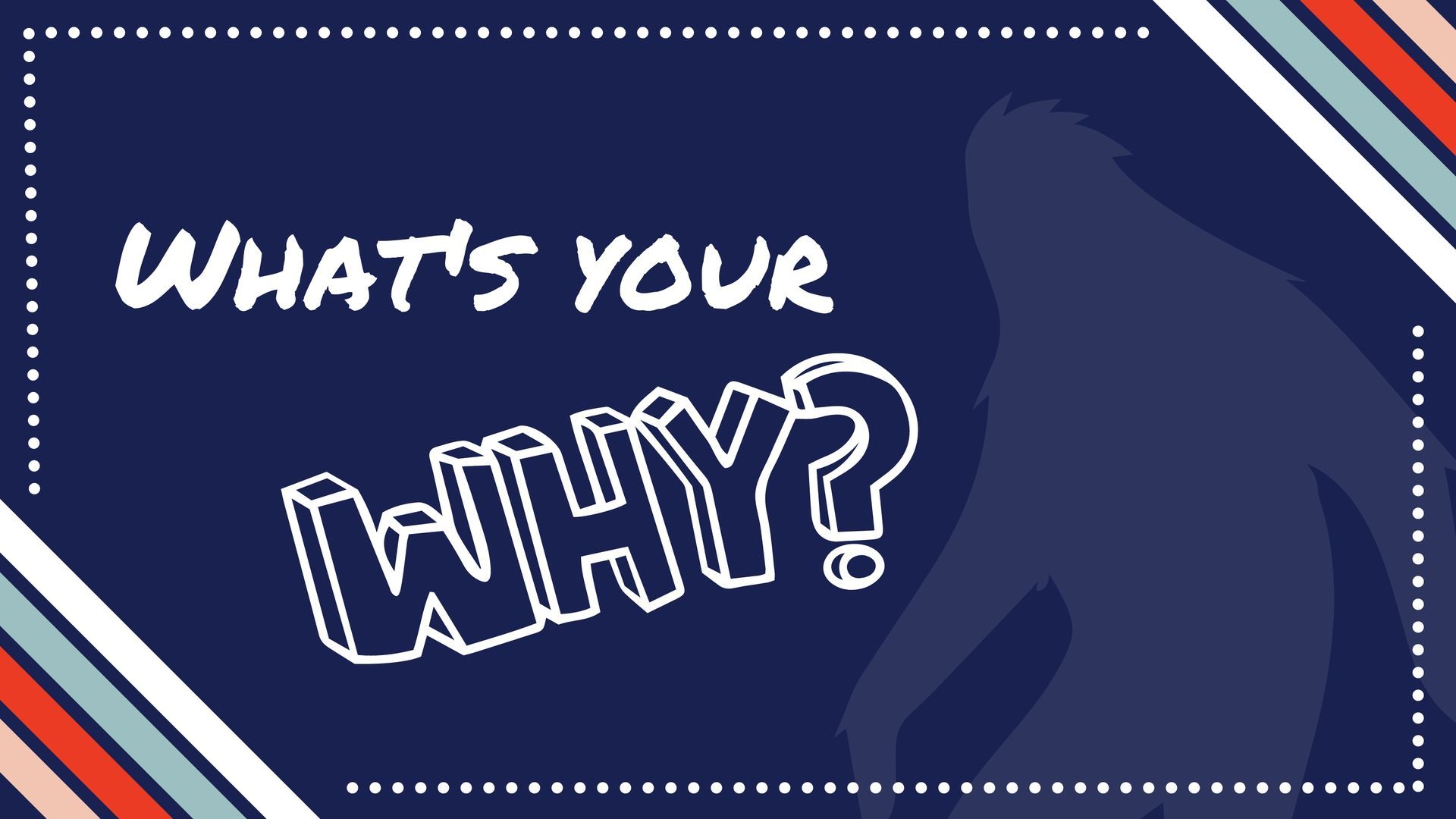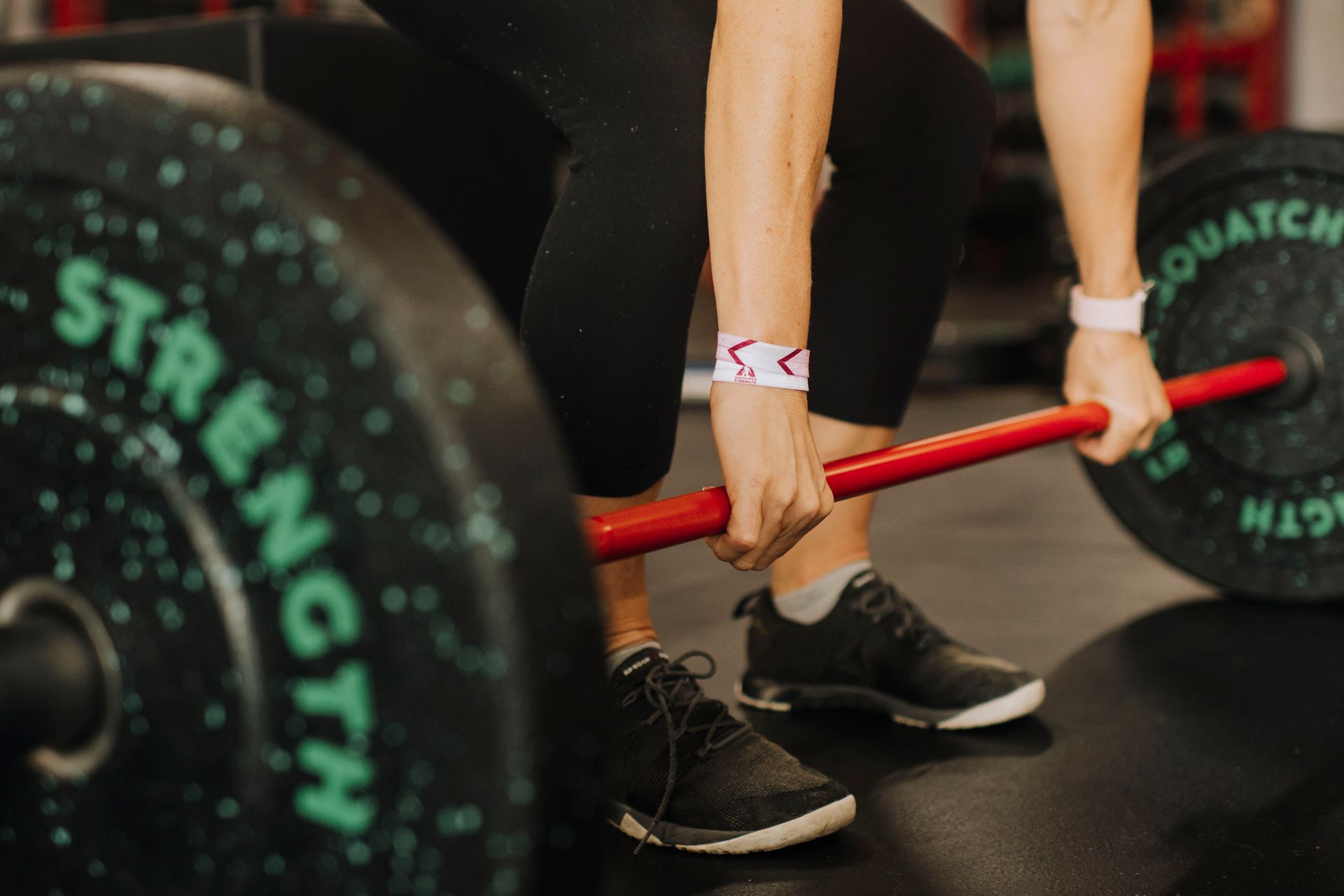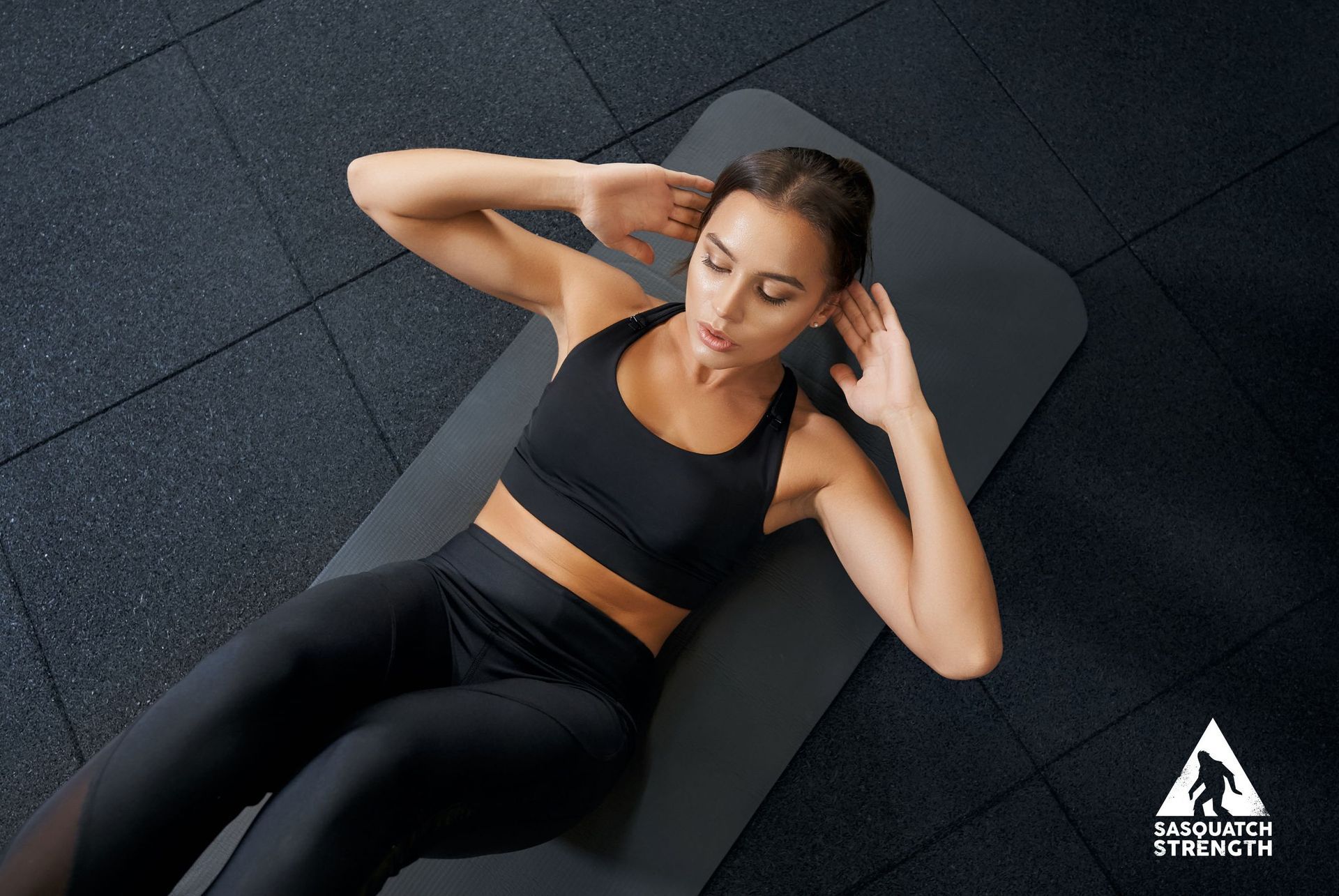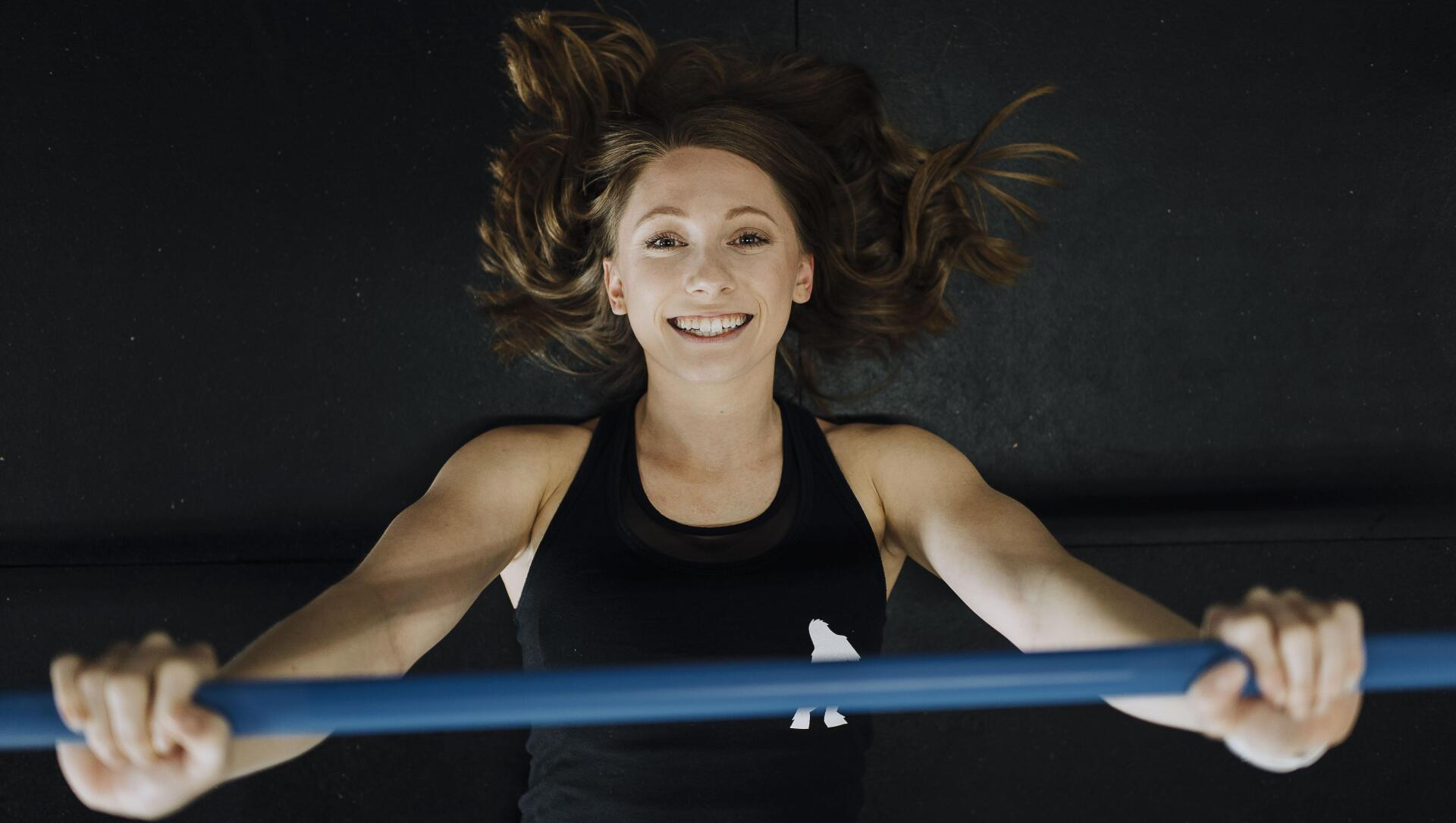
You did it! You worked out, hard I might add, and now you’re feeling the aftermath. Your muscles are sore to the touch, it hurts to move, and the idea of walking up a flight of stairs or washing your hair makes you cringe.
So, how do you get rid of that soreness so you can go about your day without feeling like you just got hit by a semi-truck doing 80?
Easy, just follow these 3 steps:
Move!
The first step in any anti-soreness treatment is to increase blood circulation. And what’s the easiest way to increase blood circulation? You guessed it; move! Walking, jogging, jumping, and especially using the muscles that are the most sore will increase the amount of blood flow to those muscles and help them recover quicker. The name of the game in recovery is blood flow, because blood is what pulls oxygen and nutrients back into your muscles allowing them to rebuild.
Is your chest sore? Do some chest flyers (or Michael Phellps as some people call them) with no weight.
Legs sore? Go on a 10 minute walk, or do 20 standing lunges.
Try it! Feel better now?
Bring on the Cold!
Research in exercise science has come a long way in the last decade. For instance, we now have hundreds of studies that show that cold is more effective at reducing inflammation and promoting muscle recovery post workout than heat. It also comes with the added benefit of not messing with your hydration (hitting the sauna after a workout is still great for recovery, but not if you don’t make up for the water your sweat out).
So, if you’re feeling sore, try a cold shower. Or even better, fill up your bathtub and throw some ice in there. 5-6 minutes is a good target for beginners, and you can work your way up to 10-15 minutes as you get accustomed to it. Cold therapy has a slew of benefits (which I will cover in another article) but decreasing muscle soreness is definitely one of my favorites.
Supplement properly
Last, but certainly not least, the best way to deal with muscle soreness is to prevent it in the first place. The best way to prevent it, is to supplement properly.
Supplementing properly for workouts doesn't have to be complicated. It can be as simple as making sure you are staying properly hydrated. Hydration plays an incredibly important role in recovery. If you want to take it a step further, other supplements like Whey protein, BCAAs, and CBD can help increase your rate of recovery and keep you feeling better for longer.
When all else fails, pull out your Everwell Muscle Magic and you’ll be feeling better in no time.
What workouts make you the sorest?
I’m a death-by-leg-day kind of guy.
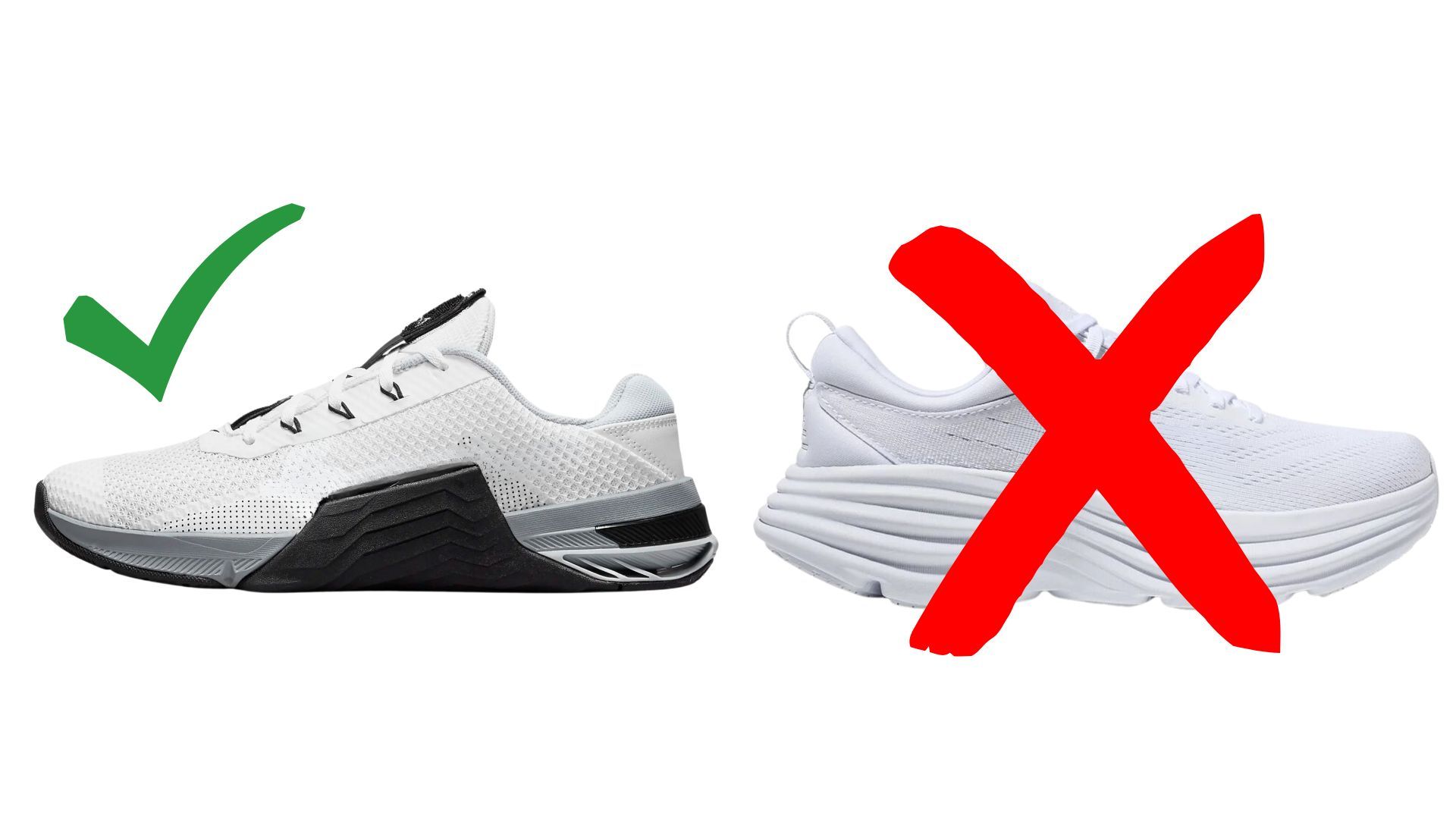
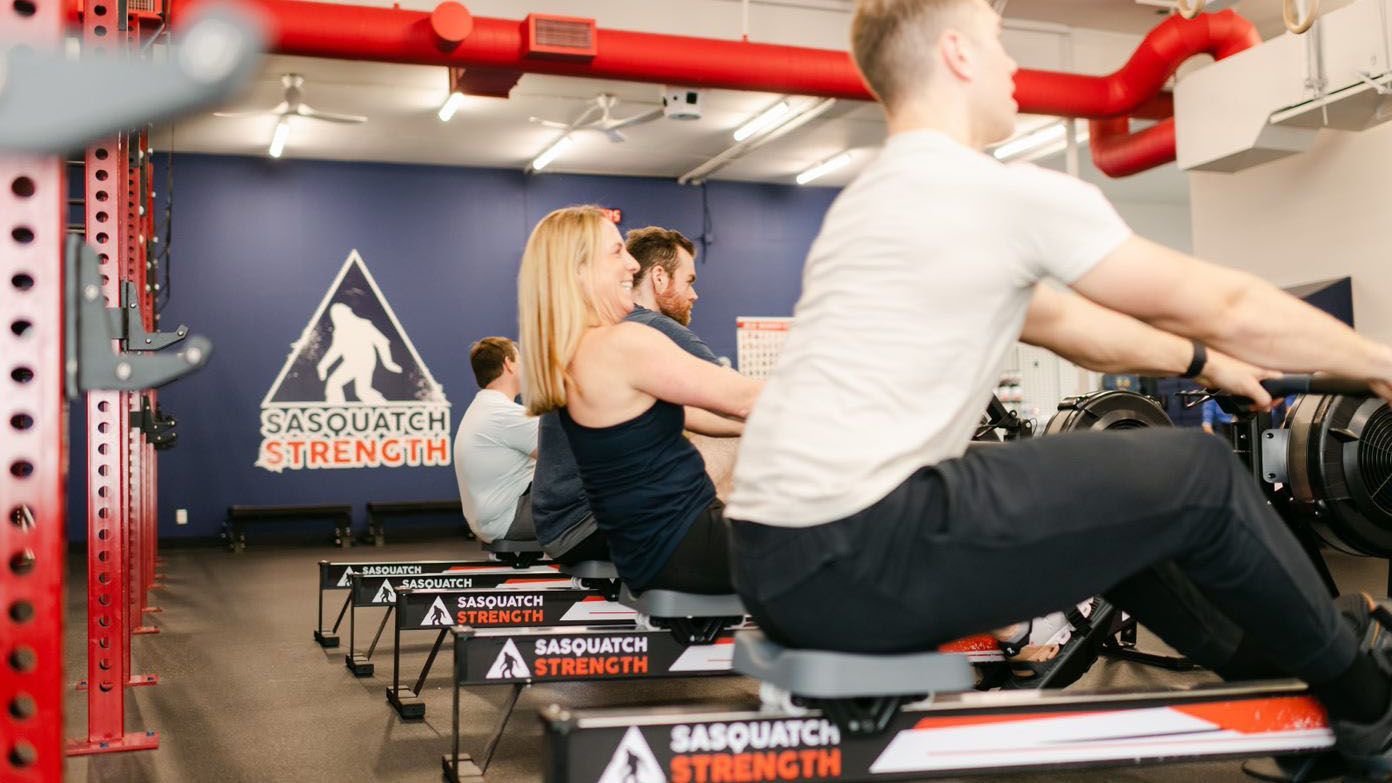

All Rights Reserved | Sasquatch Strength & Nutrition


